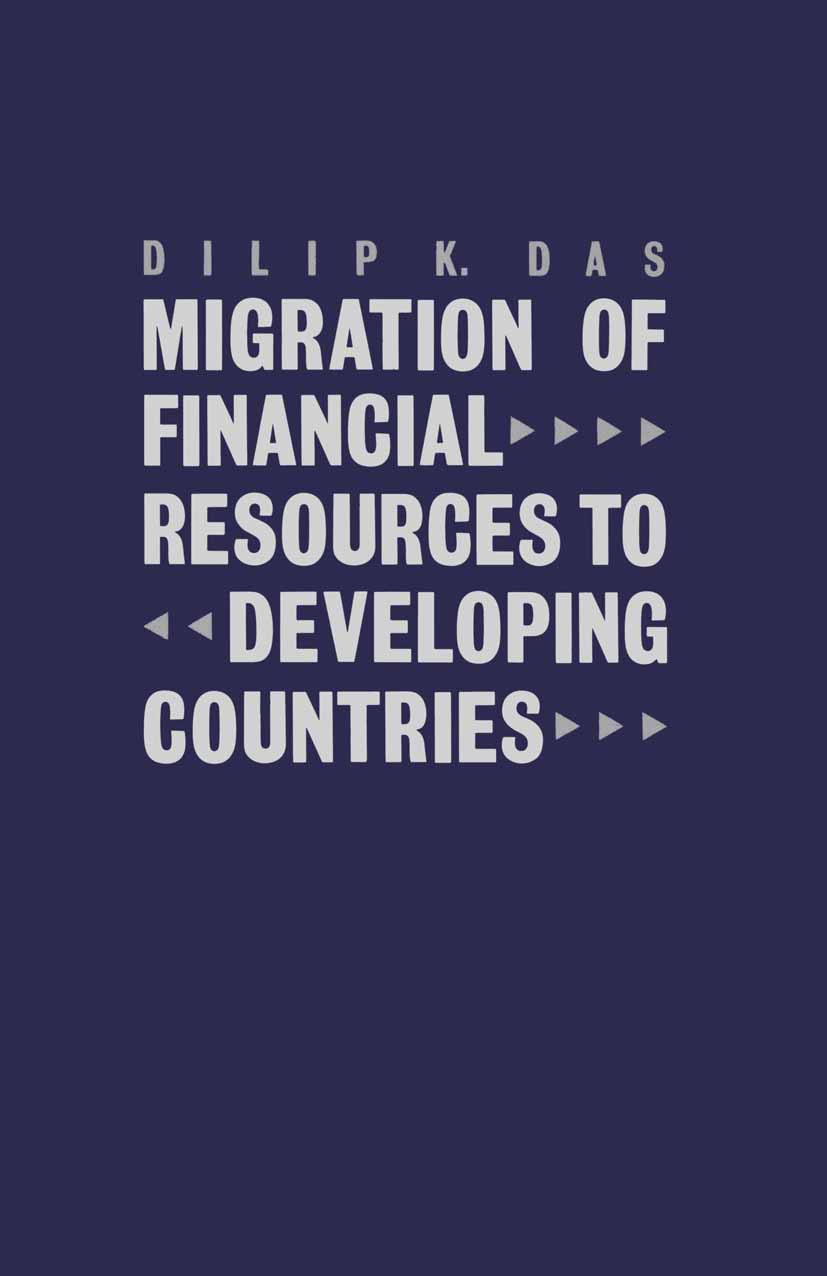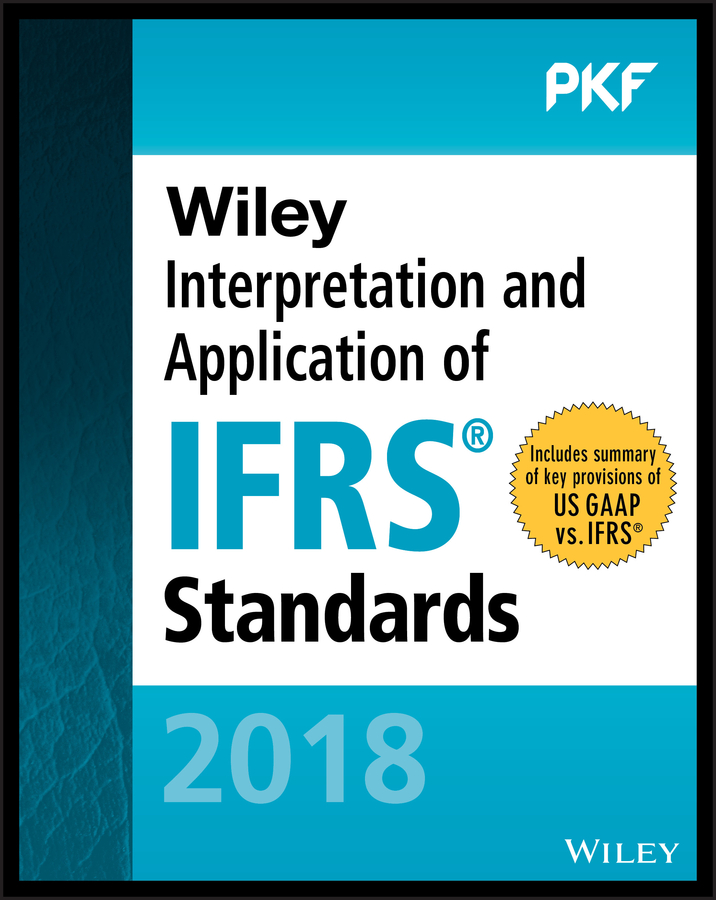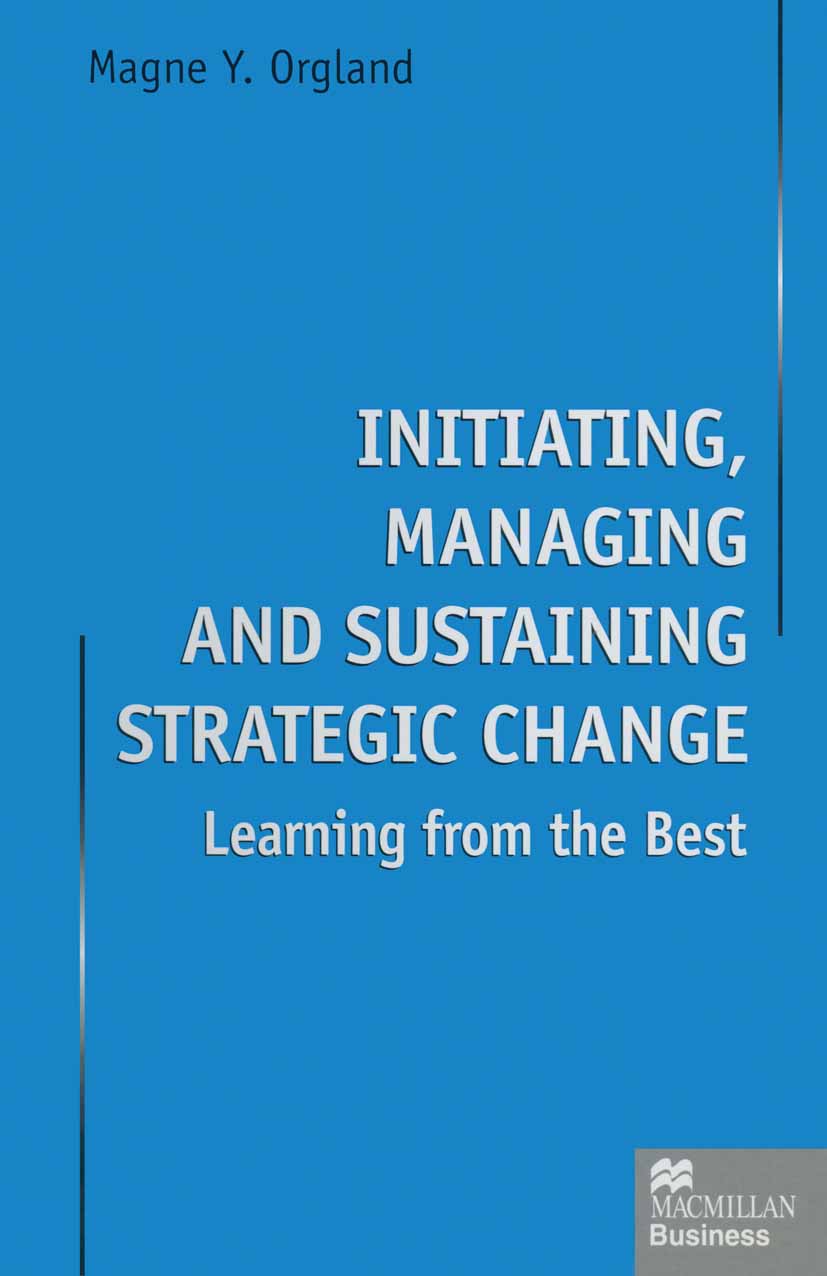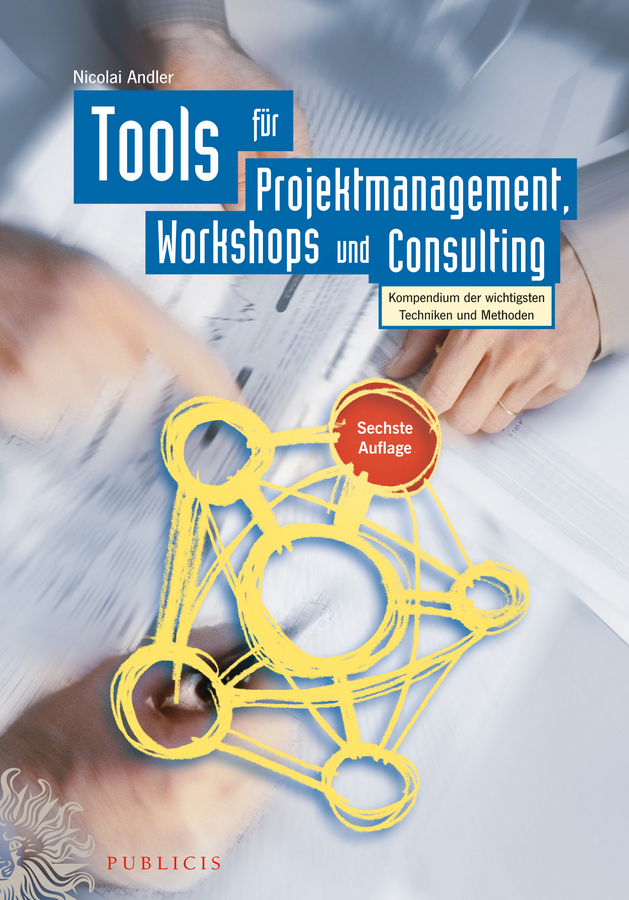
- Browse Category
Subjects
 We Begin at the EndLearn More
We Begin at the EndLearn More - Choice Picks
- Top 100 Free Books
- Blog
- Recently Added
- Submit your eBook
password reset instructions

An advanced method for financial institutions to optimize Asset Liability Management for maximized return and minimized risk
Financial institutions today are facing daunting regulatory and economic challenges. As they manage bank regulation and competition, institutions are also optimizing their Asset Liability Management (ALM) operations. The function of the ALM unit today goes beyond risk management related to the banking book into managing regulatory capital and positioning the balance sheet to maximize profit. Asset Liability Management Optimization: A Practitioner''s Guide to Balance Sheet Management and Remodelling offers a step-by-step process for modeling and reshaping a bank''s balance sheet. Based on the author''s extensive research, it describes how to apply a quantifiable optimization method to help maximize asset return and minimize funding cost in the banking book.
ALM ranks as a key component of any financial institution''s overall operating strategy. Now, financial professionals can use an advanced solution for optimizing ALM. This book takes a closer look at the evolving role of the ALM function and the target position of the banking book. It provides strategies for active management, structuring, and hedging of a bank balance sheet, while also exploring additional topics related to ALM.
- A description of the Funds Transfer Pricing (FTP) process related to a bank’s target position
- Detailed examinations of interest rate risk in the banking book (IRRBB)
- Discussion of Basel III regulatory requirements and maturity gap analysis
- Overview of customer behavior, along with its impact on interest rate and liquidity risk
- Practical spreadsheet models (NII sensitivity and EVE volatility IRRBB model, simplified optimization model for minimization of average funding cost for a bank and an example of behavioral model for Non-Maturing Deposits)
- Explorations of model risk, sensitivity analysis, and case studies
The optimization techniques found in Asset Liability Management Optimization can prove vital to financial professionals who are tasked with maximizing asset return and reducing funding costs as a critical part of business objectives.
Less- Publication date
- Language
- ISBN
- February 24, 2020
- eng
- 9781119635499




























